
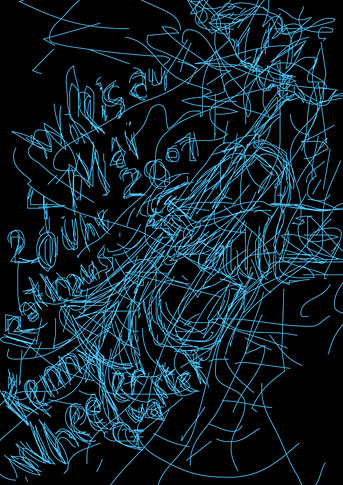
Niklaus Troxler is a graphic designer. Niklaus Troxler is a jazz fanatic. Nearly forty years ago, Troxler invited a jazz group to play in Willisau, the small Swiss farming town he calls home, and thus it began: Willisau became established as an unlikely destination for jazz musicians and their fans, and Troxler began to acquire a reputation as a designer to watch. Today, his work is exhibited, published, and collected all over the world, and Jazz Festival Willisau — which has hosted Keith Jarrett, Lester Bowie, Dewey Redman, McCoy Tyner, and the Kronos Quartet, among many others — is about to celebrate its 37th year.
The posters that Niklaus Troxler has designed to promote jazz in his home town can be viewed as a single, self-initiated project that has developed over five decades, a body of work that has few, if any, precedents. Spanning an astonishing range of styles, the posters are united by a single thing: the passion of a single man who serves at once as designer and client.
Many young designers dream of a world where they can set their own agenda and create without boundries. For most of us, this remains a fantasy. Niklaus Troxler proves that it can be done.
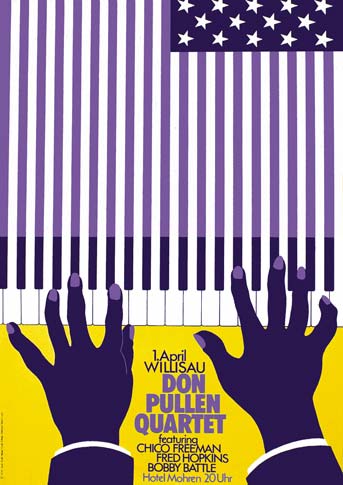
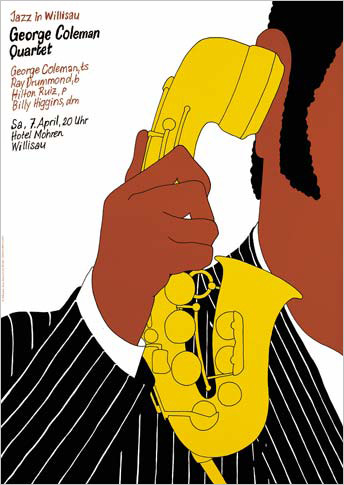

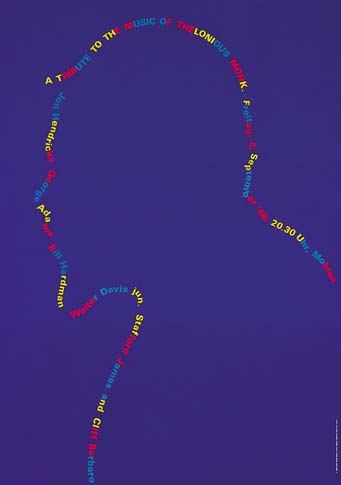
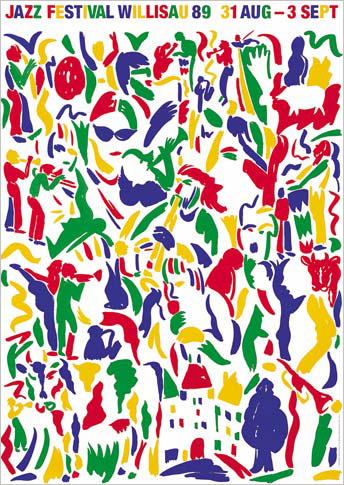
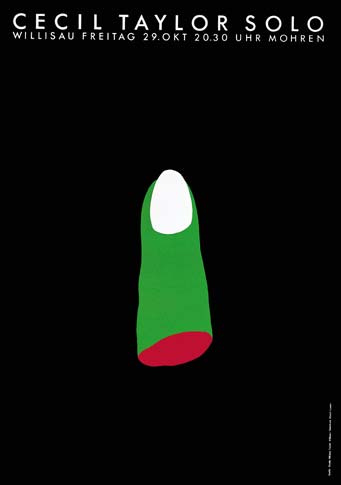

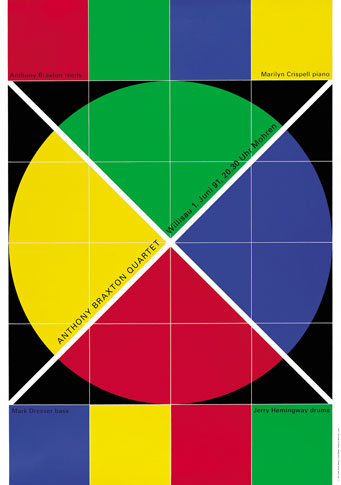
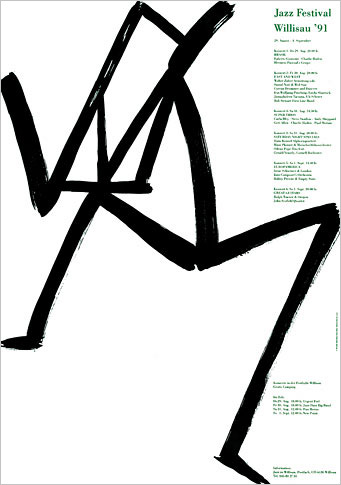
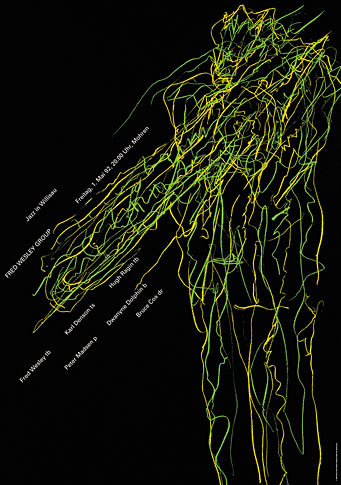


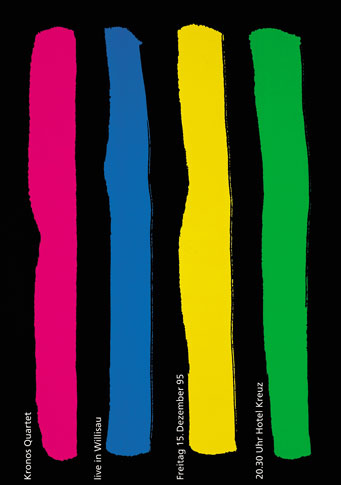
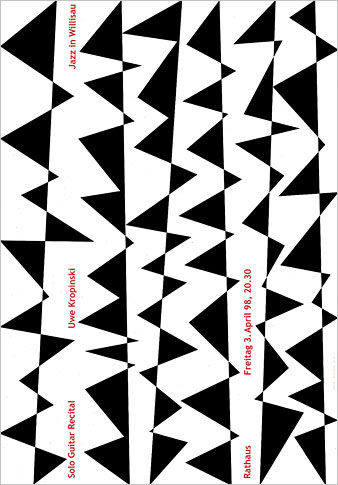

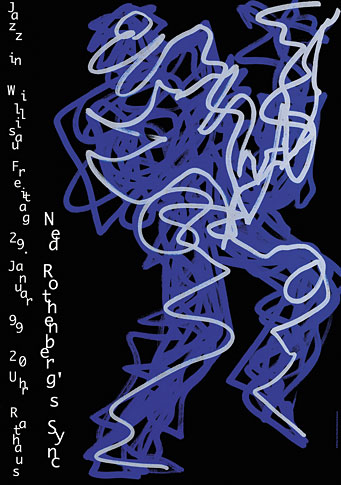
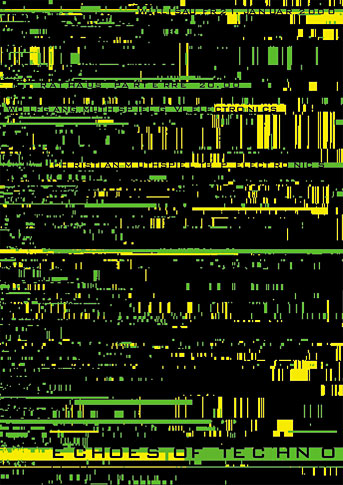
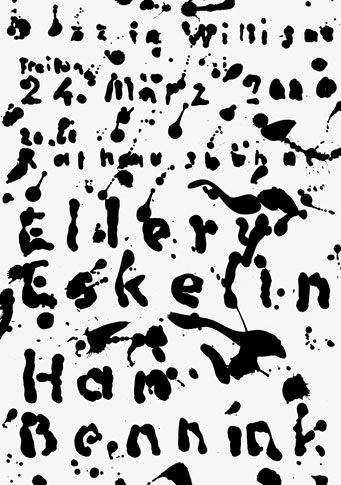

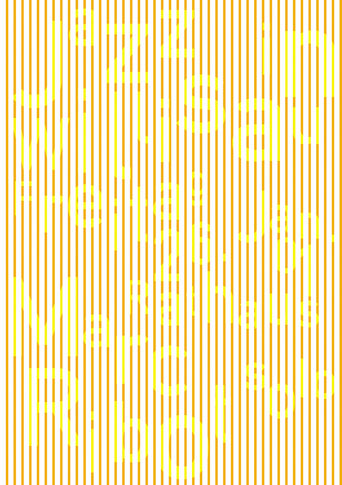
This essay was originally published January 30, 2007.
